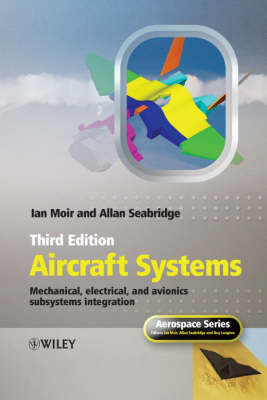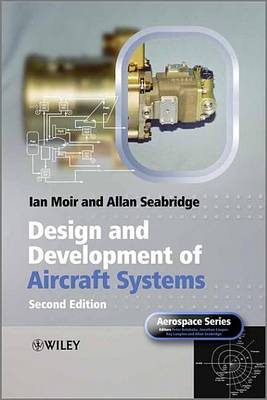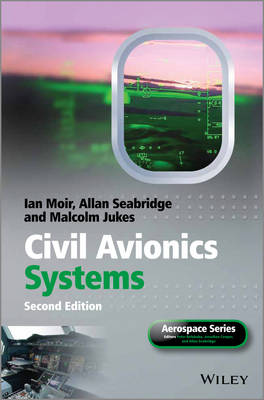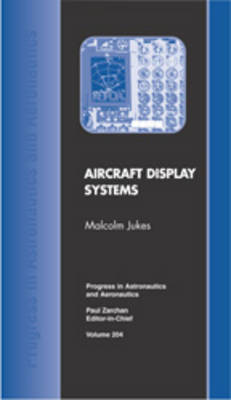Aerospace
2 primary works • 6 total works
Book 53
Aircraft Systems - Mechanical, Electrical and Avionics Subsystems Integration 3e
by Ian Moir and Allan Seabridge
Every chapter is updated, and the latest technologies depicted. It offers an essential reference tool for aerospace industry researchers and practitioners such as aircraft designers, fuel specialists, engine specialists, and ground crew maintenance providers, as well as a textbook for senior undergraduate and postgraduate students in systems engineering, aerospace and engineering avionics.
Book 68
Their direct and accessible style ensures that Civil Avionics Systems, Second Edition is a must-have guide to integrated avionic systems in modern aircraft for those in the aerospace industry and academia.
Enables aerospace professionals to quickly and accurately reference key information about all types of aircraft systems
Aircraft Systems Classifications: A Handbook of Characteristics and Design Guidelines provides comprehensive information on aircraft systems delivered in a concise, direct, and standardized way, allowing readers to easily find the information they need. The book presents a full set of characteristics and requirements for all types of aircraft systems, including avionic, mission, and supporting ground systems, in a single volume. Readers can delve further into specific topics by referencing the detailed glossary and bibliography.
To aid in reader comprehension, each aircraft system is broken down according to various criteria, such as:
- Purpose, description, and safety
- Integration with other systems
- Key interfaces and design drivers
- Modeling and simulation
- Best practices and future trends
Written for aerospace professionals, researchers, and advanced students with some existing knowledge of the aircraft industry, this book allows readers to quickly reference information on every aspect of aircraft systems.





